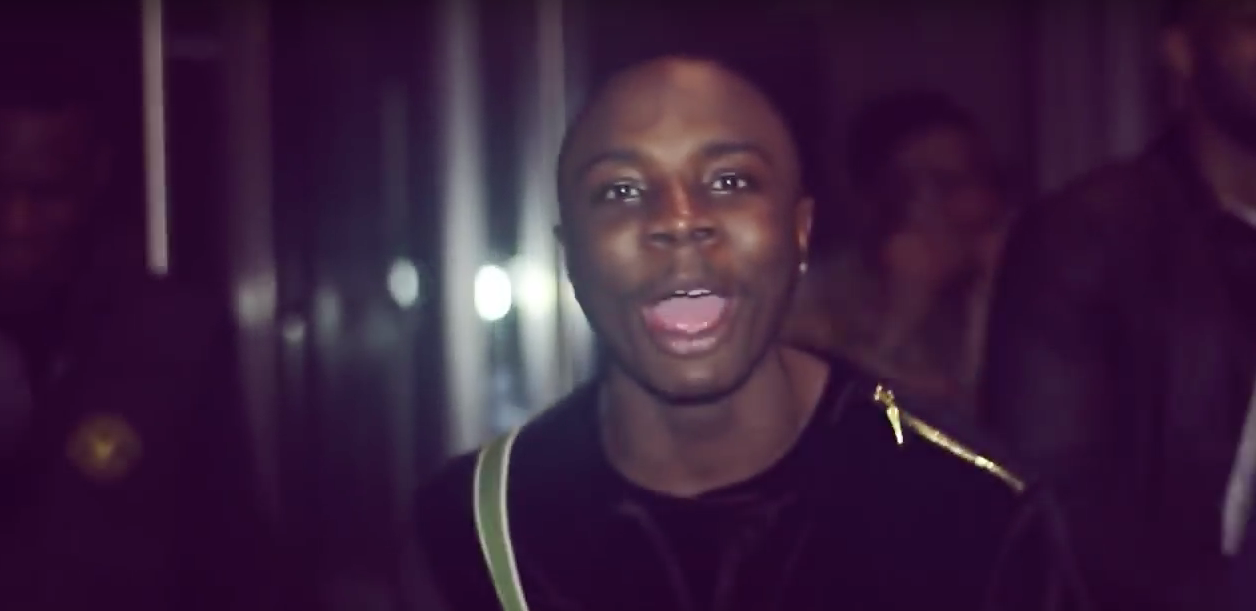Afro-Swing.. Where did this genre come from? It all began back in 2012 with an artist, Timbo, who’s based in South London.
Timbo has brought us the flow of Afrobeats with influences from his native country, Nigeria. He is also known for being in the rap group STP (Struggle to Proceed, Stack that Paper), which came to prominence after the release of their RAPCITY freestyle, featuring Sneakbo and Sho Shallow alongside regular group members.
Timbo went on to release songs such as ‘419 Nite’ and ‘Ringtone’ with East London rapper Mover. His most popular track to date has registered close to two million views on YouTube.
These works from the Nigerian-born, South-Londoner paved the way for more artists to introduce their African-infused sounds and melodies into rap beats and tracks. 2014 was the year things started to really boom as we witnessed the rise of artists such as Mostack, Tion Wayne, Naira Marley, and Geko.
There was more to come in 2015: East London based rapper Not3s burst onto the scene with his Naija-influenced track ‘Toju Mi’ featuring Dnote. Other rappers from the East End came close to dominance, including Kojo Funds, Don EE, ZieZie and mostly notably, proud Stratford star JHus.
This genre has evolved quickly and now features on UK Charts regularly. Artists are able to make a living from Afro-Swing as it continues to grow, birthing sub-genres along the way, such as Afro-Bashment. Similar to Afro-Swing, Afro-Bashment employs Caribbean-style beats, flows, rhythm patterns and language.
With the creation of a playlist on Spotify, updated on a weekly basis, it is now indisputable that Afro-Swing has made it to the mainstream, mainly thanks to musicians from East and South London.




